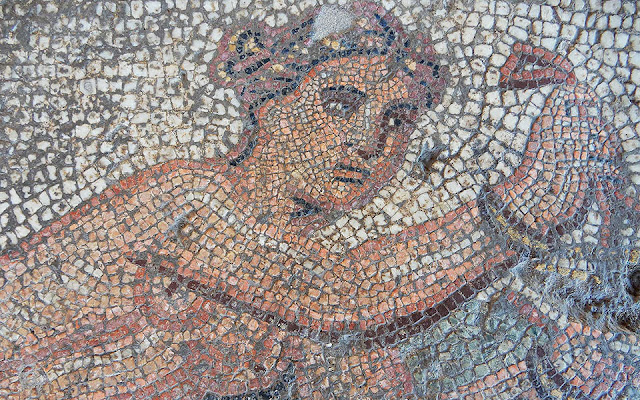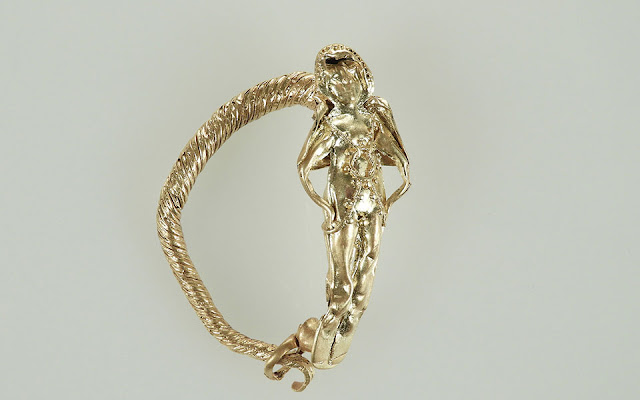For anyone visiting northern Greece, there will soon be a new “must visit” on the cultural itinerary. The Roman “Villa of Alexandros” which was uncovered last summer in Amyntaio, Florina, is a majestic complex covering over 1.2 acres of land, making it one of the largest finds of its kind. It is also one of the most luxurious ancient villas ever found, containing sophisticated artworks, sculptures and mosaics from the 3rd century AD, which remain in great condition.
 |
| Credit: Thessaloniki Ephorate of Antiquities |
The owners of the villa were, “wealthy officials from the Roman administration who cherished Greek education and the ancient Greek civilization. They included Alexandros and Memmia, whose names can be read on an inscription,” says archaeologist Panikos Chrysostomou, head of the excavations run by the Thessaloniki Ephorate of Antiquities. “They lived around the middle of the 3rd century A.D. in a town that covered 25 hectares, and which flourished in peacetime, in the Amyntaio plain, situated along the ancient Egnatia Road”.
 |
| Credit: Thessaloniki Ephorate of Antiquities |
The room dubbed the “Nereids Hall”, which covers 90 sq. m. and served as the guest reception area, is the largest and most luxurious space on the estate, decorated with the most elaborate mosaics. It also featured statues of gods – exceptional examples of Roman craftsmanship that were copies of Hellenistic and Classical works created in Attica workshops, as well as a marble stele (column) dedicated to the worship of an all-powerful Zeus.
 |
| Credit: Thessaloniki Ephorate of Antiquities |
The marble statues, while not intact, are likely of Hermes, and potentially Athena and Poseidon “as he was the god of the element of water – the wells, rivers, and lakes in the area,” Chrysostomou explains. The archaeologists also found a multitude of smaller items in the room, such as pieces of clay and bronze figurines, bronze plates, bone pins, fragments from glass perfume bottles, ceramics and many pieces of silver and bronze jewelry.
 |
| Credit: Thessaloniki Ephorate of Antiquities |
The finds from only about one third of the complex, whose initial construction is dated to the 2nd century AD, have been presented to the public so far. The excavation, study and preservation of the remaining areas of the estate are due to continue in the summer, when likely more fascinating discoveries will come to light.
Author: Giota Mirtsioti | Source: Greece Is [March 17, 2018]
